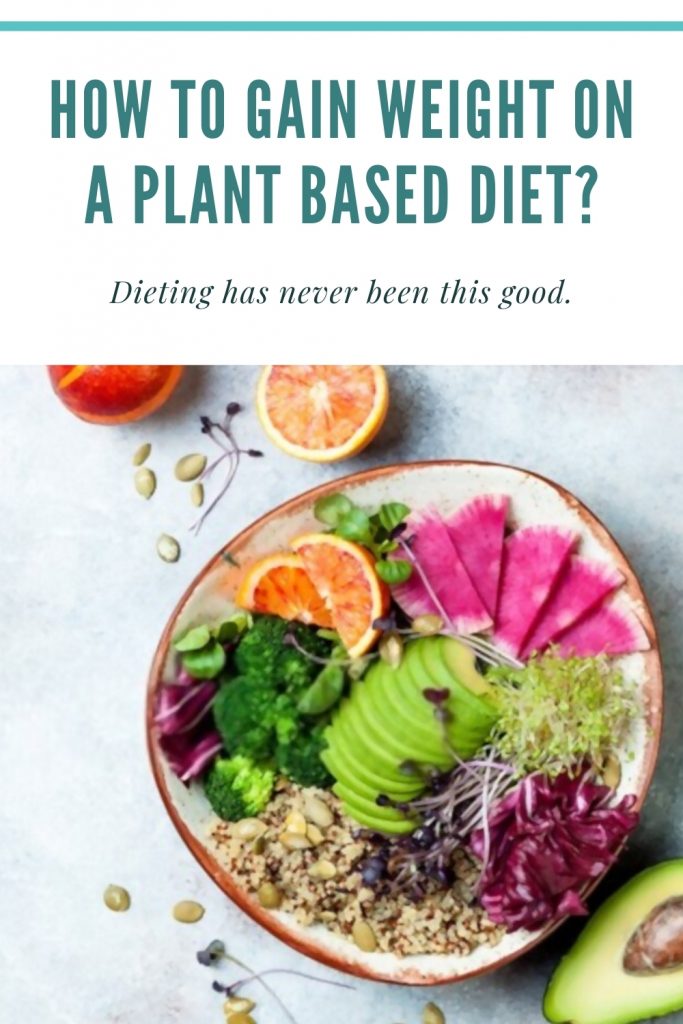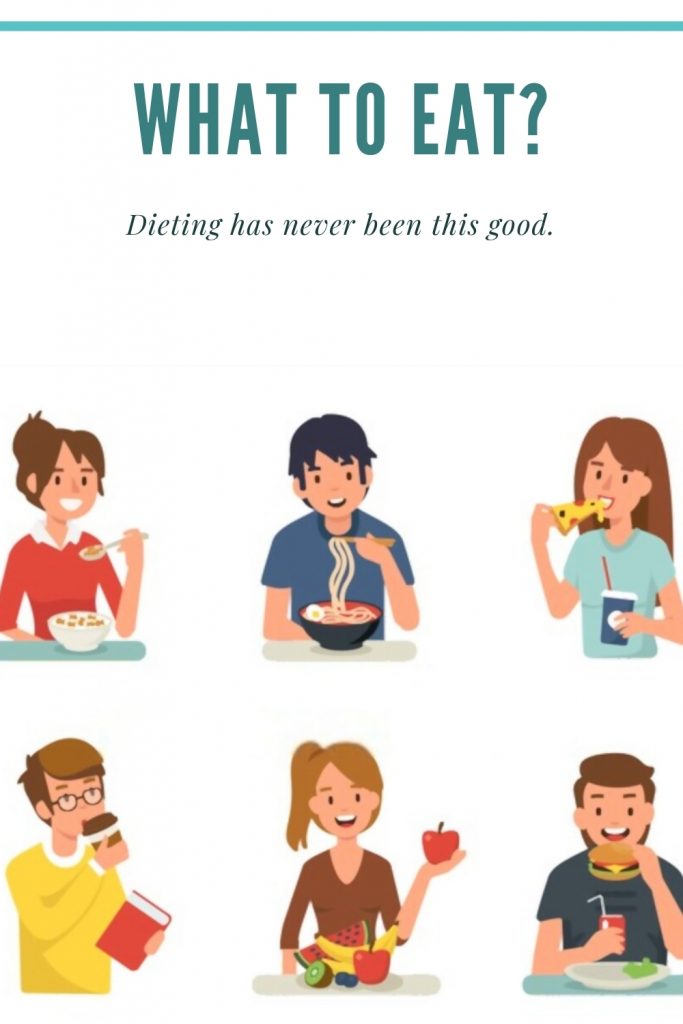How Much Caffeine In White Tea?

Topic: How much Caffeine in white tea?
Have you ever wondered about the caffeine content of different foods besides coffee? Just how much does white tea supply? In the following article, we will detail it for you.
Did you know that in addition to java, we find caffeine in white tea? Though its content is lower than the contribution of different drinks, it is crucial to consider if you need to decrease its intake.
In specific, all types of tea which exist contain caffeine in varying degrees. Also, they provide different antioxidant compounds and come in the plant called Camellia synesis. Thus, white tea is just one of the varieties which may be obtained out of it.
What is green tea?
There is some controversy over the exact definition of white tea. In general, that is the title given to those kinds which don’t go through any elaboration procedure beyond drying. Additionally, this title is linked to how this typically occurs with shoots covered with a white fluff called Pekoe or even Trachoma, which will be intended to safeguard the plant against insects.
Unlike other forms, obtaining green tea is straightforward; no need to scrub, filter, or roll. The technique consists of exposing the shoots and the first leaves chosen to the sun until the point they recur.
This measure is done outdoors, but sometimes it’s done in sheds with proper ventilation to avoid wind, humidity, or rain problems. By drying, the leaves and shoots lose water. For this, the characteristic aromas and flavors this infusion possesses arise.
Despite green and black teas, which offer intense flavors along with a drying effect, it destroys minimal oxidation (also known as fermentation ), which ends in a light and delicate aroma and taste.
The caffeine content of green tea
This value can vary between 6 to 55 mg per cup (250 milliliters), and it depends on different elements.
Variety of tea
For example, the Silver Needle ( Bai Hao Yin Zhen ) variety, among the most acclaimed, contains the least amount of caffeine. Unlike the others, it’s simply made out of tea buds rather than with the leaves.
Because the white loaf which covers them makes it tricky to extract caffeine, the final product’s content is limited.
Processing and set that is utilized
In general, the manufacturers that are promoted employ different processing methods. For example, some businesses use more drying time, and others collect the shoots and leave several times.
The greater the tea is earth (with a similar element in the powder), the greater its caffeine. On the contrary, scientific research indicates that those sold in sheets contain significantly less.
The method by which in which the infusion is ready also plays a part. Should you use hot water (over 90 degrees) and if it is permitted to sit for a longer period than usual (between seven to 10 minutes), the caffeine content will likely increase.
Because of this, experts recommend you do not take over 5 minutes to prepare if you want to avoid too much substance. Otherwise, you will be stimulating the passing of it into the infusion.
Are there any caffeine-free choices?
If you would like to drink white tea that does not contain caffeine, you can elect for decaffeinated, although this option usually has greater costs than others. However, it may still contain trace amounts of the component.
It would be advisable, in any circumstance, that you try different infusions that do not come from the Camellia sinensis plant however are manufactured with other herbs, spices, or even nuts. This is the strongest recommendation to avoid caffeine.
What health benefits can white tea have?
As stated, white tea additionally provides antioxidant chemicals capable of generating favorable effects in the human body. Studies indicate that thanks to these elements, the regular intake of the infusion has a remarkable role in preventing diseases.
Its preventative and regulatory activity has been listed in type two diabetes and neurodegenerative disease. Likewise, the immune system is strengthened by the action of green tea.
How much Caffeine in white tea?
Though this drink results in caffeine, its material is negligible compared to other kinds like green or black tea. Suppose your physician recommends avoiding it for a specific situation. In that instance, you can play it safe and purchase the option that’s decaffeinated or have an infusion that’s made with different herbs.
In any case, think about that having just 1 cup every day would not be counterproductive to your health, but you might even detect various benefits for the human body. So don’t regret it and assess what is the most suitable.




